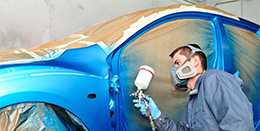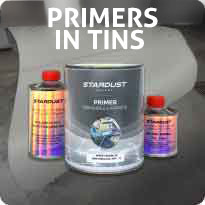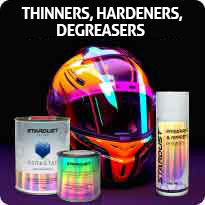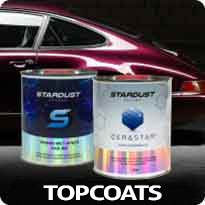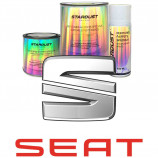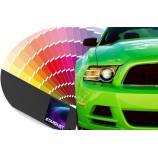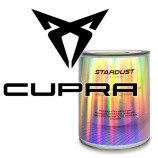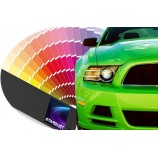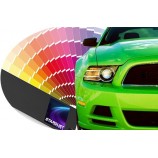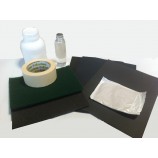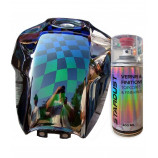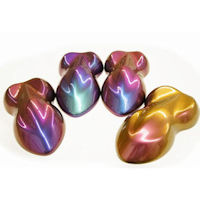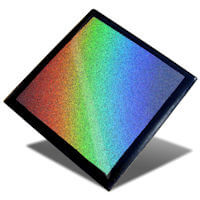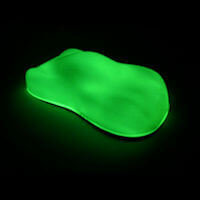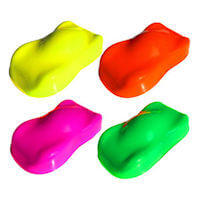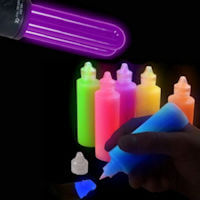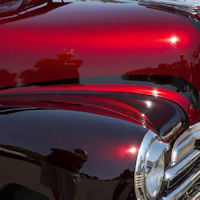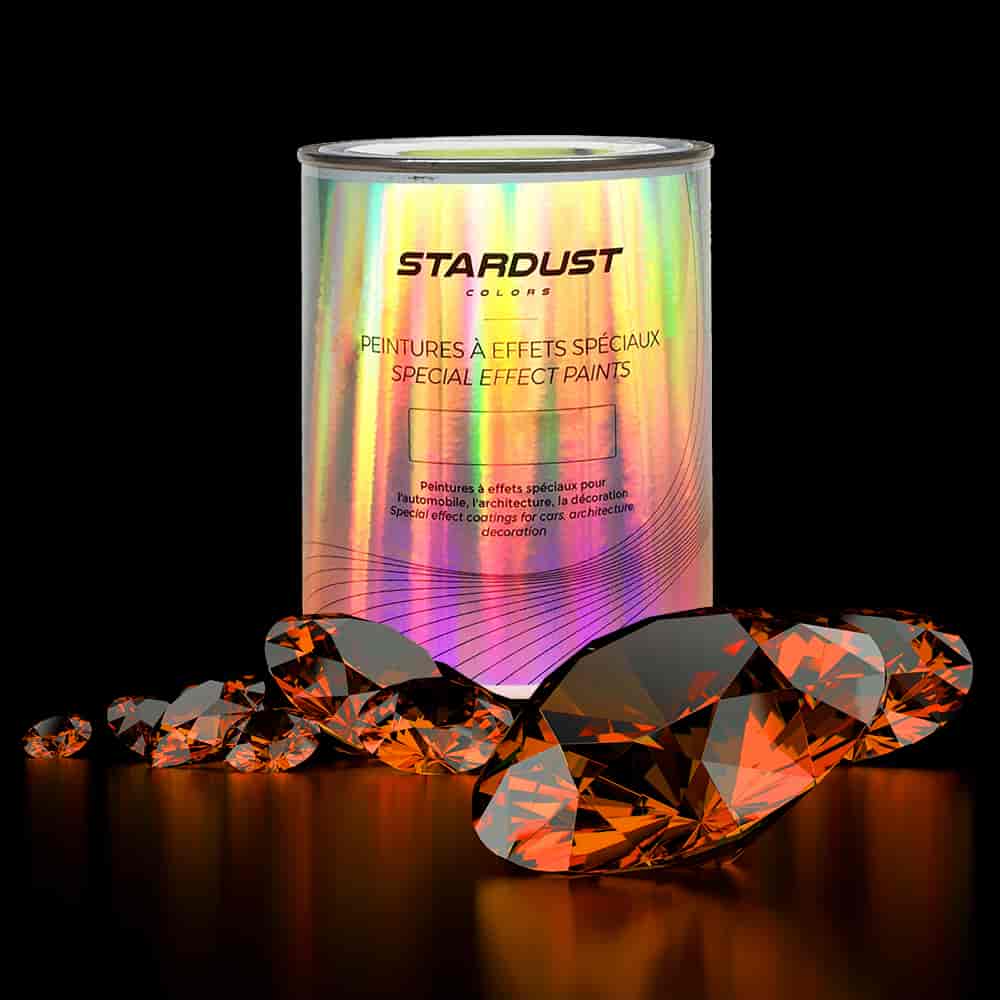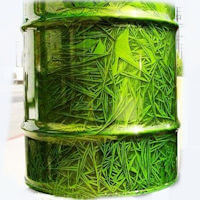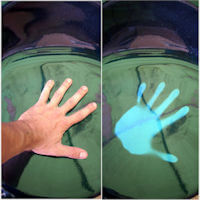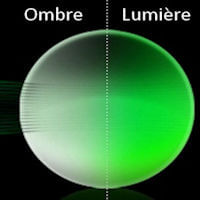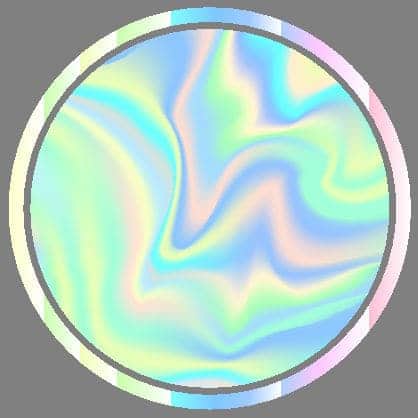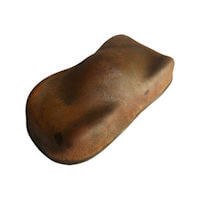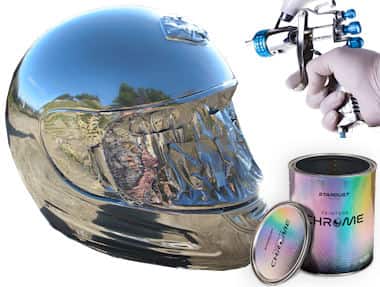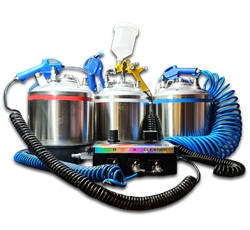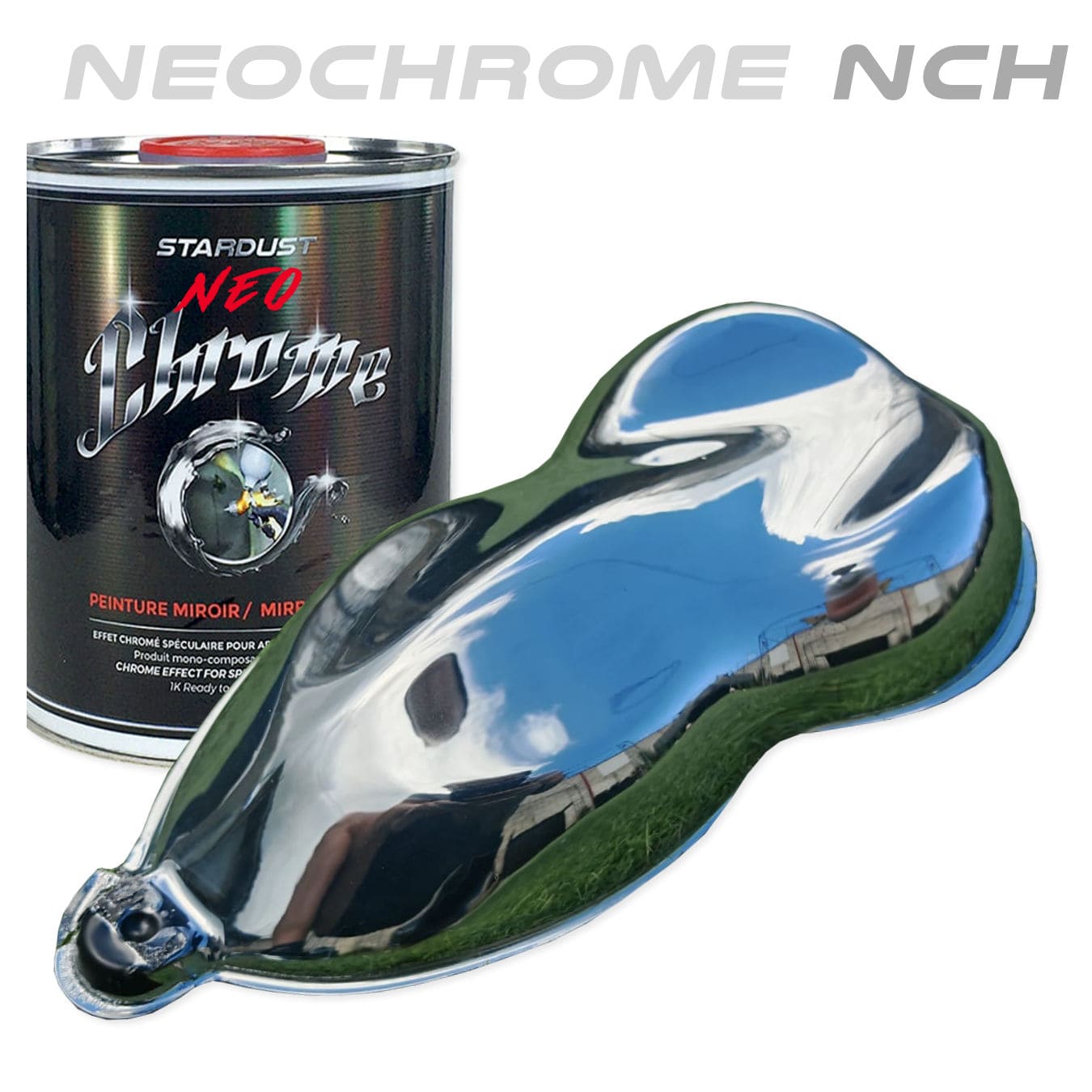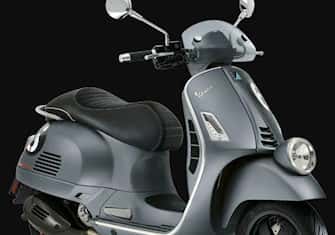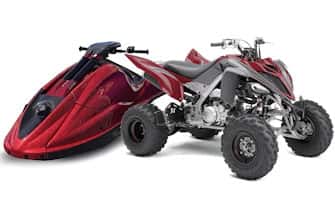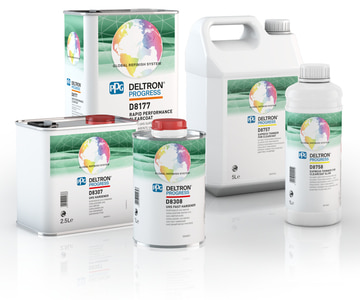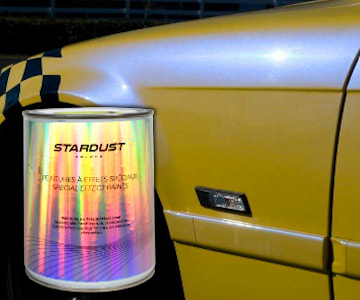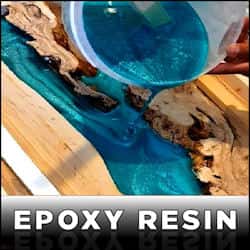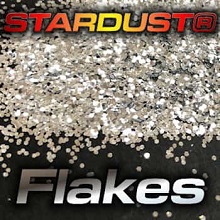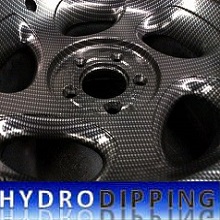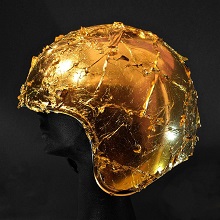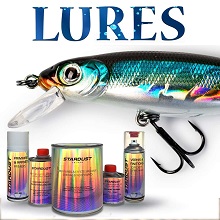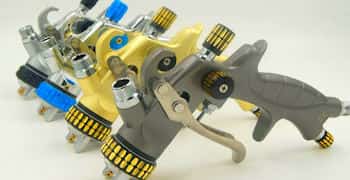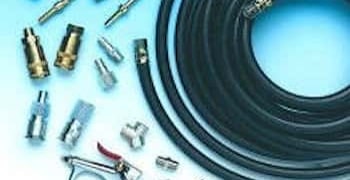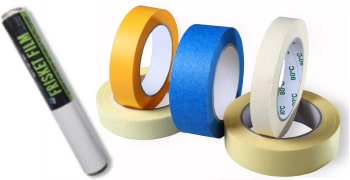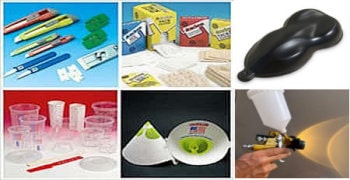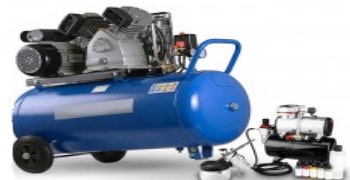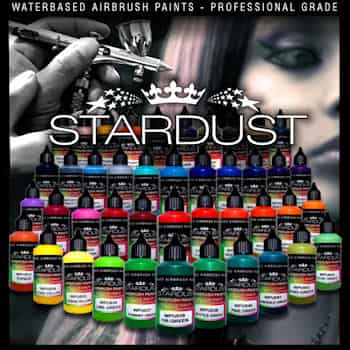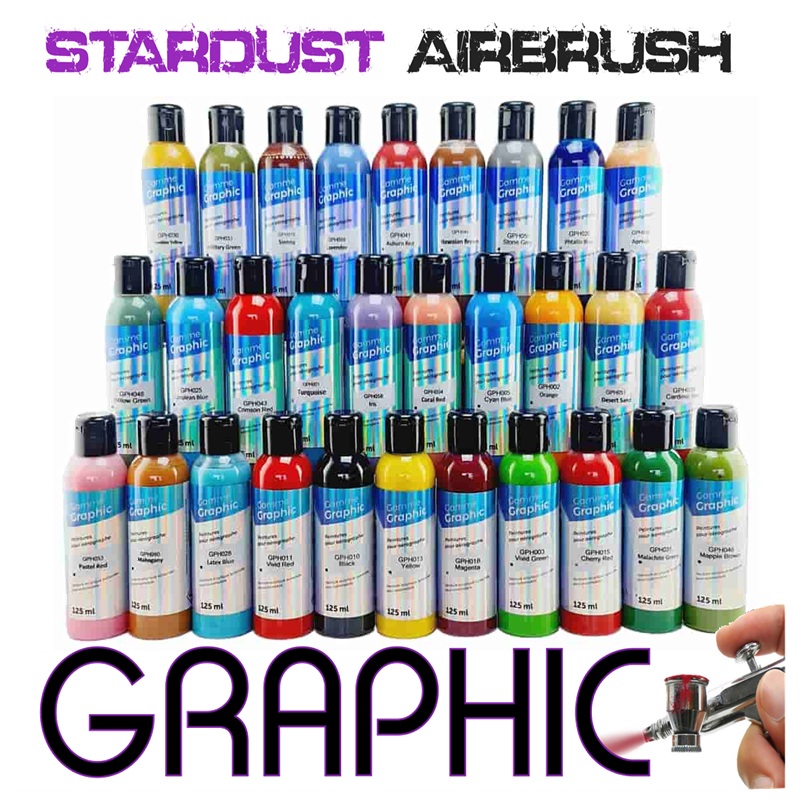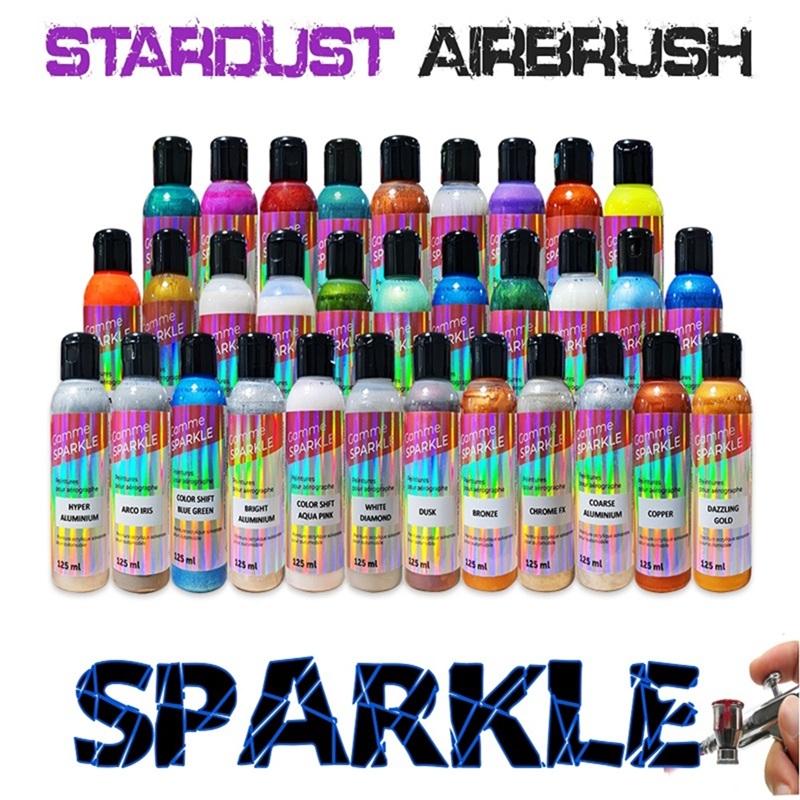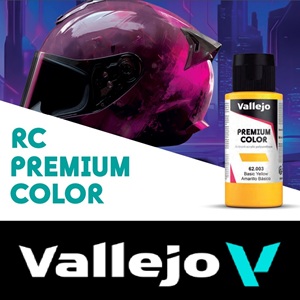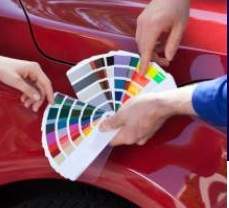Paint products for Seat brand vehicles are packaged in pots of varying sizes and also in aerosols. Each painting is carried out with precision thanks to a formula coming from our colorimetry software, according to the color codes of Spanish cars, and in this case, the color code of the Seat car that you indicate after the order.
Once you have chosen the quantity of paint (the packaging) and you have completed the order, having made the payment and chosen the delivery method that suits you best, you will need to send us the color code Seat by email.
You can also put this famous Seat color code in the field provided for this purpose, in the ordering process on the website.
Seat brand paints are professional quality solvent-based formulas. They will allow you to do a job easily and successfully complete your project. Even with Seat color spray paint, you can achieve the same quality of result and the same resistance as professional paint products in pots. This makes sense since the aerosol cans are filled with the same paints. As for aerosol bodywork varnishes, we offer 2-component varnishes, that is to say with an integrated hardener, which makes it possible to achieve the same level of resistance as professional bodywork clearcoats.
According to the common experience of professionals in the world of painting, in particular body painters, it is well known that the new water-based paints from the automotive range are more difficult to work with, and are less durable over time, compared to conventional solvent-based body paints.
Seat car color codes
If you do not have your paint code, it is absolutely necessary to undertake the research to find it. We can assist and advise you in this search, but unfortunately, it is not possible for us to give you your color code. Indeed, there may be a single paint reference for several models of the same brand, for the same years. For example, there may be more than fifty different blue colors in the Seat paint database.
In general, it is easy to find this color code on the body of the vehicle and we explain it to you in the following paragraph.
Let's get back to the main subject which is the use, with the mixing and application of Seat paint on the bodywork (partial touch-ups or complete painting).
If you are an individual and you undertake the repair of your paint, with an aerosol or with a spray gun, this is perfectly possible and easy, provided you limit yourself to a small surface, that is to say say one or two parts of your car : for example, a door, a bumper, a wing... Beyond these surfaces, it is absolutely necessary to have a real paint booth which allows you to extract the paint fumes.
In concrete terms, if you plan to paint your Seat paint on small parts, it is always easy to paint and varnish while limiting the amount of dust in the environment. It is always possible to block it by fixing them with a preliminary watering of the ground and the walls or even of the surroundings on a surface of a few meters. And in any case, there are always a few small dust particles which settle in the varnish and which can be removed by polishing to obtain a perfect finish.
The Seat color codes that we offer are offered in two versions, either already diluted, so ready to use. This concerns all small format packaging (250ml and 500ml), or in the pure version with the diluent delivered separately (this concerns the complete 1L and 2L kits).
The need for paint is calculated by knowing the surface to be painted. In general, it takes 250-300 ml of ready-to-use paint to cover a maximum of 2 m².
The history of the manufacturer Seat
Seat is a leading car manufacturer in Spain. Recently, the new Cupra brand was added to the fold of the Spanish Seat group. The Seat company was born well after the other European pioneer manufacturers in the automobile industry since it was born in 1950, from the common will of a national organization, a private bank and the Italian manufacturer Fiat. The group quickly became the leading Spanish car manufacturer.
Seat vehicles are particularly intended for the general public, with affordable sale prices for different social classes. Seat cars are known to be reliable and small in size. It often bears the name of a Spanish city or region (Leon, Cordoba, Altea...).
The Spanish government has sold the Seat group to Volkswagen, the German automobile giant. Recently, we hear a lot about the Racing branch of the Seat group, which bears the name of CUPRA. Still based on the small formats of the classic Seat vehicles, the Cupra models feature engines with very interesting performance and modern and racy body designs.
In 2020, the annual production of cars reaches almost half a million units, which is a very honorable level that places the Spanish car manufacturer among the world leaders.
Where to find the color code of your Seat car ?
For vehicles of the SEAT brand, the plate mentioning the color code (vinplate) can be found in two different places.
- In the spare wheel compartment, located in the boot.
- Written on the car's service book.
You can take help from the images provided below which illustrates the location.
The color code is often composed of 3 numbers or letters grouped together.
In order to help you, here are examples of color code formation and color names for the Seat brand:
02S ATOMIC GREY / LIQUID GREY SEAT 2021
053 ANTILOPE SEAT 1985 - 1994
055 BEIGE NEVADA SEAT 1983 – 1985
If you cannot find your color code, you can always contact the local dealer who will be happy to help you and tell you what your exact Seat color code is.
There are of course also specialized forums on the Internet which share a multitude of very useful and concrete information.
Do not try to find your Seat color code on your registration card or other vehicle identification document, as neither the code nor the name of the color is there.
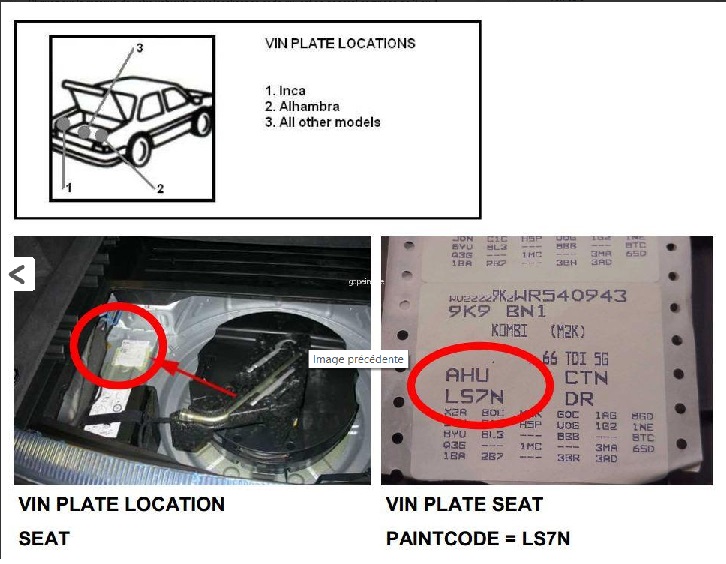
The iconic colors of Seat cars
As the Seat brand was taken over by the German group several decades ago, we note that most Seat color names are in German format
038 STRATOSBLAU SEAT 1985 - 1989
041 NEGRO EBANO/VULKANSCHWARZ SEAT 1984 – 2005
As can be seen above, the color code identifies the Seat paint, just as well as the color name. These two pieces of information are complementary and optional but allow a kind of verification in case of confusion.
We also always find the years when the paints and color codes were used on the models of this period.
When it comes to car paint, there are solvent-based paints and water-based paints. The VOC Directive, reducing the use of solvent-based paints, does not apply to varnishes with less than 420g VOC/L.







